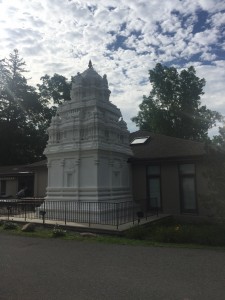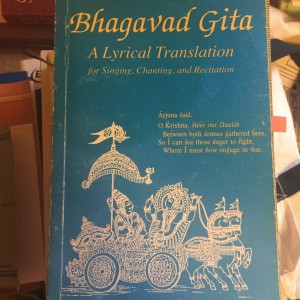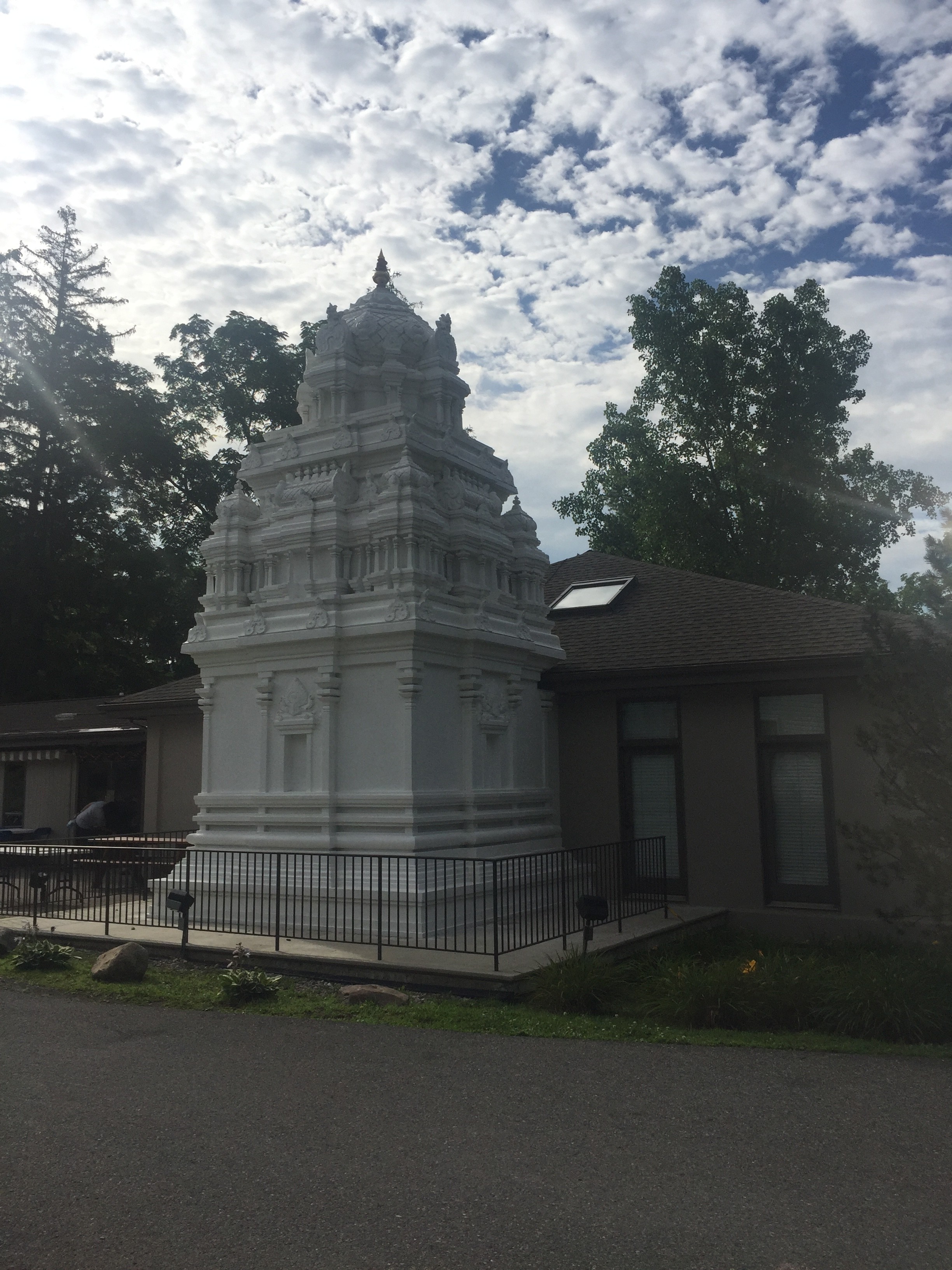
Hello! For this post, I’ll try an explain a little about what Vedanta, the branch of Hindu spirituality that I am studying is. First of all, the one thing that all sects of Hinduism have in common is the Vedas, four sacred texts from which all the respective traditions and philosophies are based on. The Vedas are divided into four sections: the first part is full of hymns and mantras in praise of various deities, the second contains the various rituals one should do in order to be a good person, the third focuses on meditative verses and techniques, and the fourth deals with self-knowledge. “Anta” means end in Sanskrit, so Ved-Anta, means end of the Vedas, meaning the fourth and final section. The fourth section is seen as the culmination and underlying message of all parts of the Vedas. So Vedanta is a the branch of spirituality that deals with this fourth and final section, concerning knowledge of self. The basic premise of Vedantic self knowledge is that of non-duality, meaning that there is nothing other that the self, which Vedantans describe as the divine whole. In other words, we are all divinity, there is only divinity. From that statement comes a very complex philosophy and an even more complicated and sprawling religious tradition. What I am focusing on is how the idea of non-duality impacts how we live our lives. It changes our attitude from that of a consumer to that of a contributor, a person whose life is lived through service of others and compassion. In today’s world, where systemic violence like racism, heteropatriarchy, colonialism and capitalism guide basically all aspects of our lives, going from consumer to contributor becomes an act of political resistance. Vedanta’s philosophy of non-duality is also one of radical love, connecting it with a politics of radical love that is espoused by many social justice organizers today and in the past, like Audre Lorde.
Vedanta can get pretty intellectual and analytical, so by applying it to everyday concepts and using words like love and compassion, it can become a little more accessible.




I love that you connected a sector of religion to Audre Lorde, and when you put it in terms of compassion and radical love, the relation make so much sense! Do you think the non-duality aspect of Vedanta is empowering, since it moves the individual from thinking of themselves as “consumer” like you say, to “contributor?” It seems very intrinsically motivating. I am curious if there is also extrinsic motivation involved, as Christianity and Catholicism promote, that you will gain “rewards” in an afterlife or such. I really love the sense of Vedanta’s empowerment and focus on the sense of self as a way to better our lives and other’s.